6 Free Dairy Industry transparent PNG images
Welcome to our Dairy Industry image collection, featuring 6 free AI-generated images. Explore a diverse array of stock photos, 3D objects, vectors, and illustrations related to dairy farming, milk production, and dairy products. Enjoy high-resolution downloads and use our 'open in editor' feature to customize prompts for your perfect dairy-themed image.
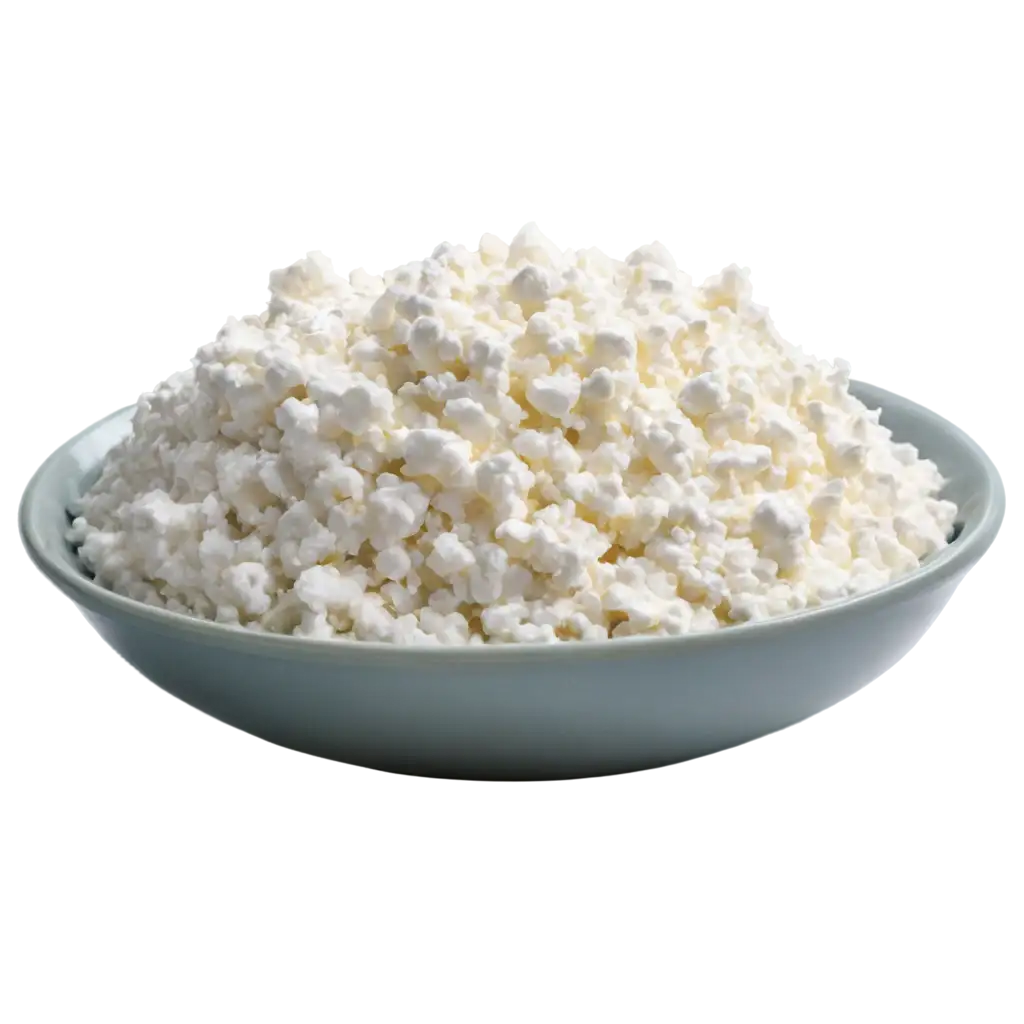
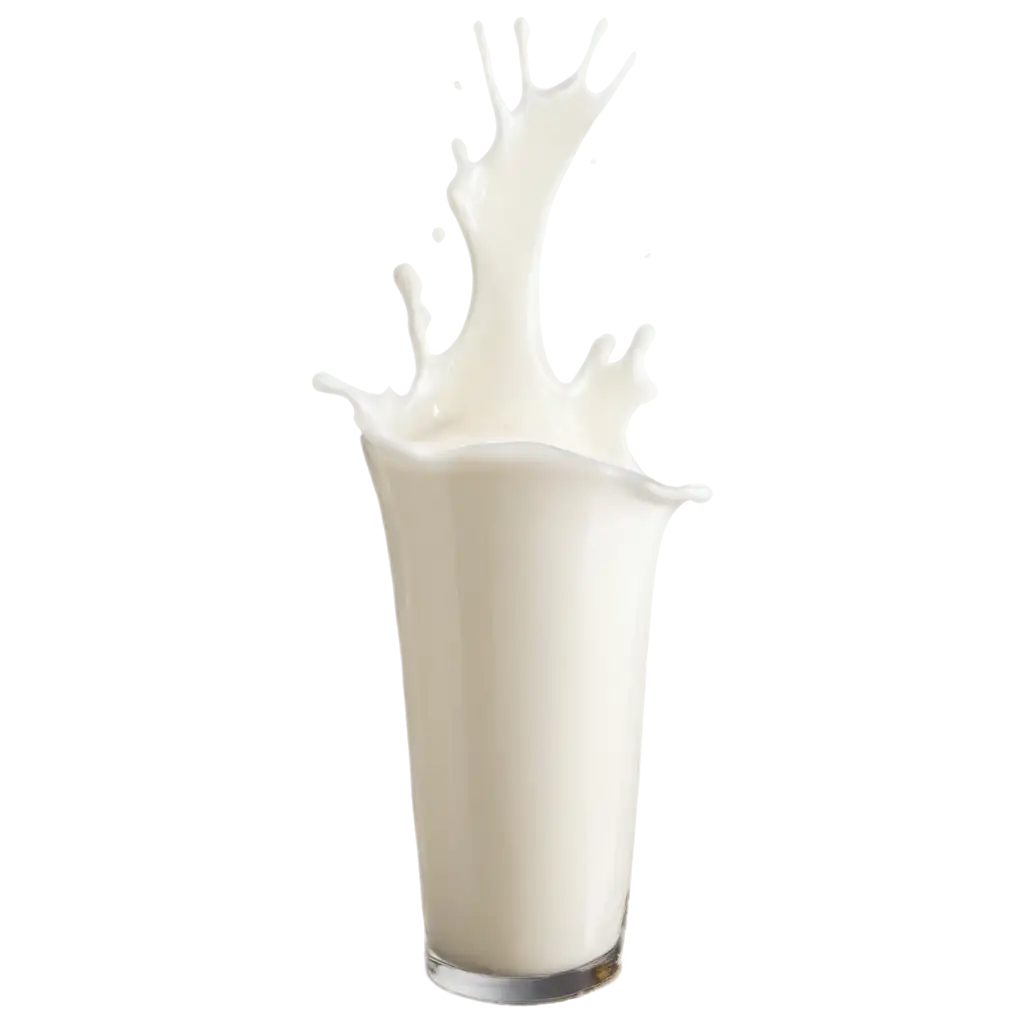
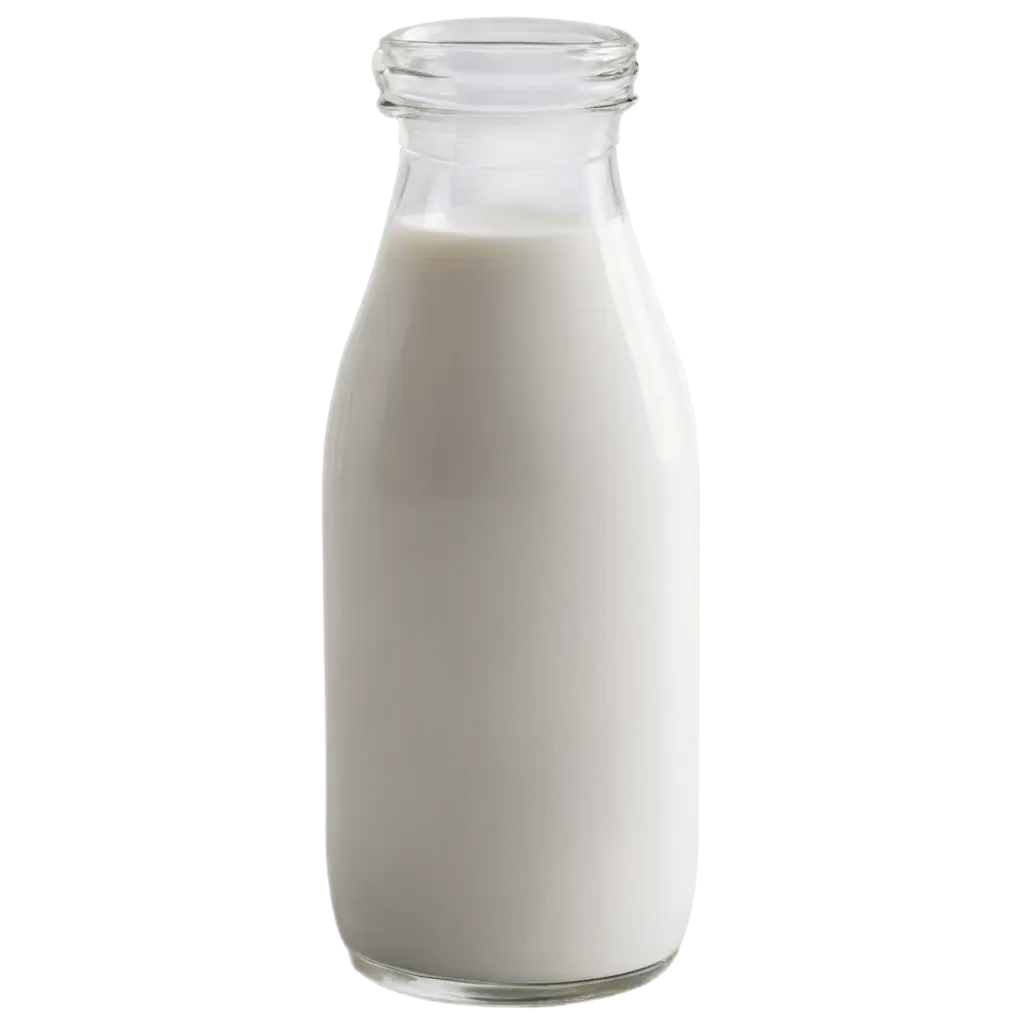
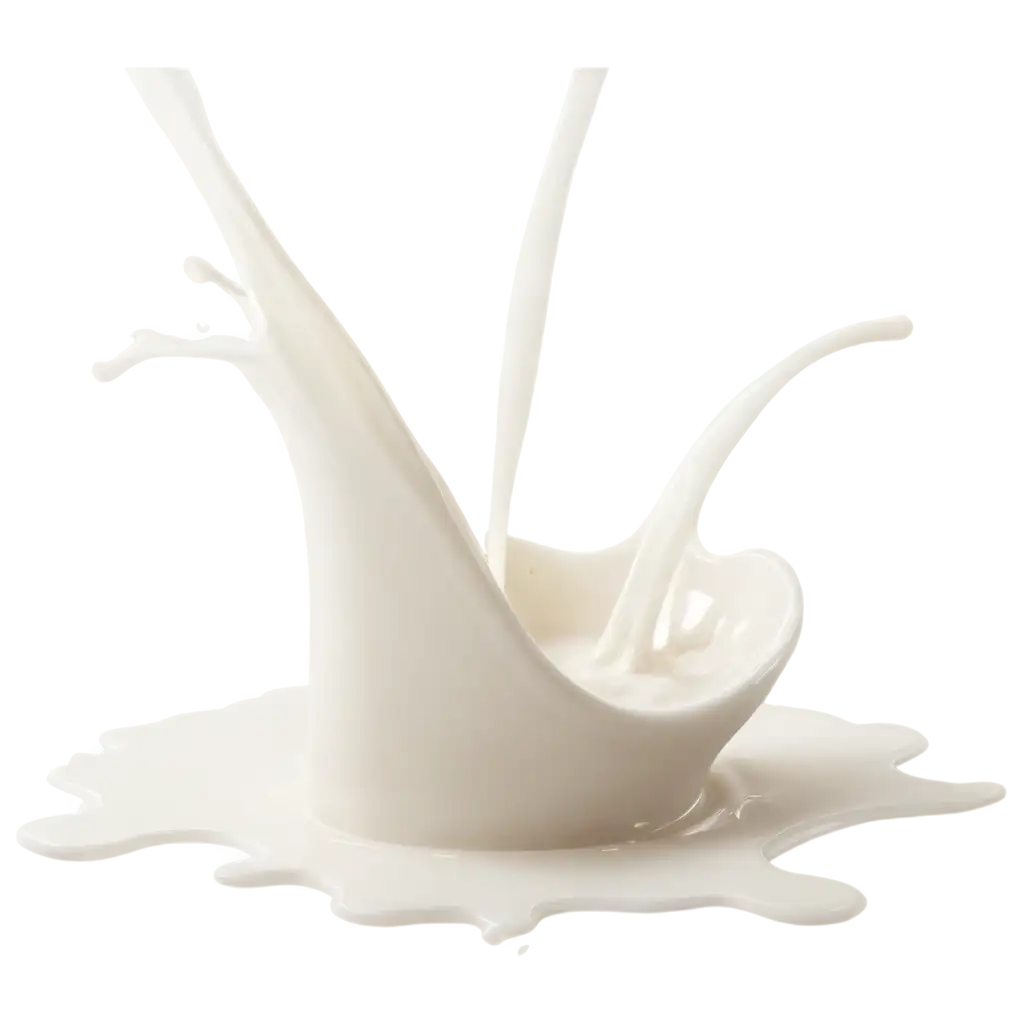

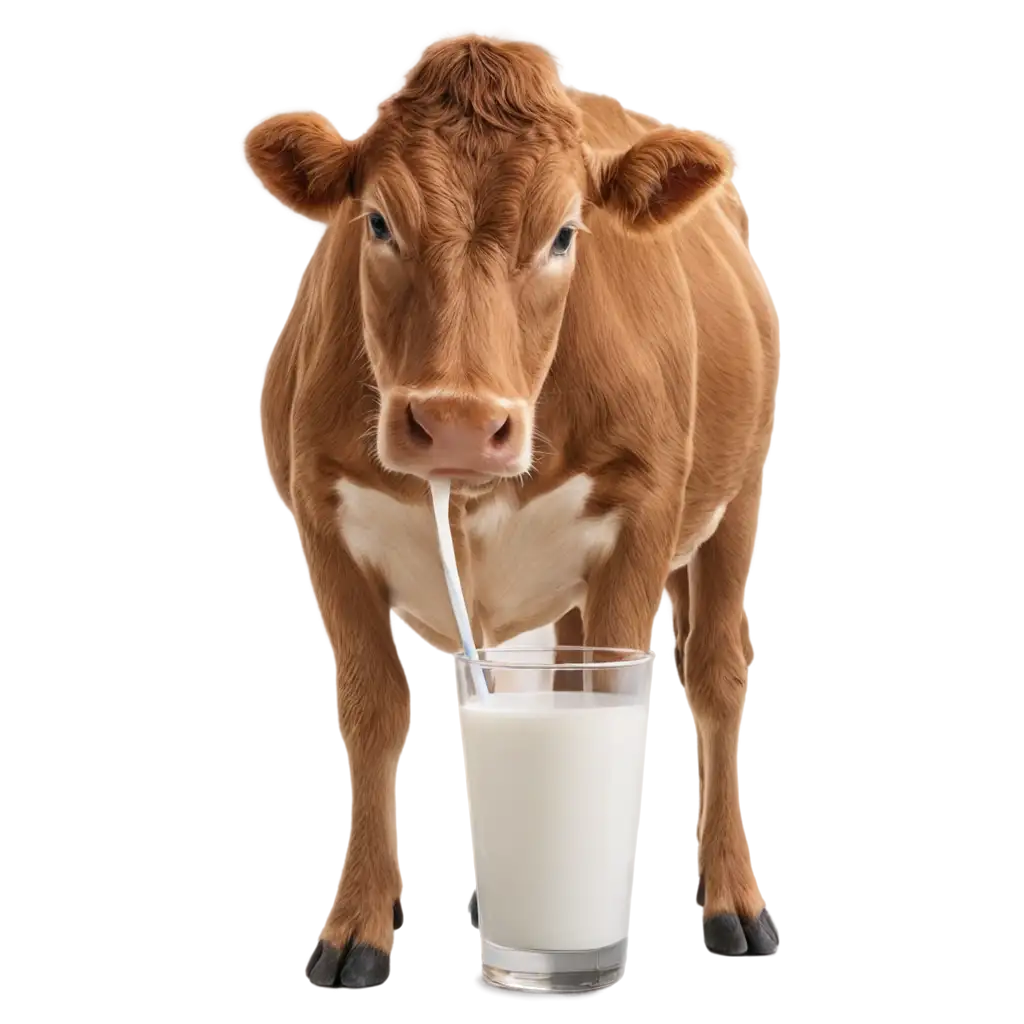
The dairy industry encompasses the entire process of milk production, from dairy farming to the manufacturing and distribution of various dairy products. This sector plays a crucial role in global agriculture and food production. It involves the care and management of dairy animals, primarily cows, but also goats, sheep, and buffalo in some regions. The industry extends beyond farms to include processing plants, where raw milk is transformed into products like cheese, butter, yogurt, and ice cream. Modern dairy operations utilize advanced technologies for milking, pasteurization, and product development, ensuring efficiency and food safety throughout the supply chain.
Overview of the Dairy Industry: From Farm to Table
Modern dairy farming incorporates various technological advancements to optimize production and ensure animal welfare. Automated milking systems, such as robotic milkers, allow cows to be milked on their own schedule, improving comfort and productivity. Precision feeding systems use data analytics to create tailored nutrition plans for each animal, maximizing milk yield and quality. Environmental control systems in barns regulate temperature, humidity, and air quality, creating optimal conditions for dairy cows. Additionally, dairy farms often employ sophisticated herd management software to track individual animal health, breeding cycles, and production metrics, enabling data-driven decision-making for farm operations.
Key Components and Technologies in Modern Dairy Farming
The dairy industry continually evolves to meet changing consumer preferences and dietary trends. Recent innovations include the development of lactose-free and plant-based dairy alternatives to cater to lactose-intolerant individuals and those following vegan diets. Functional dairy products enriched with probiotics, vitamins, and minerals have gained popularity for their health benefits. The industry has also seen a rise in artisanal and specialty dairy products, with a focus on locally sourced, organic, and grass-fed options. Sustainable packaging solutions and eco-friendly production methods are becoming increasingly important as consumers demand more environmentally responsible dairy products.
Dairy Product Innovation and Market Trends
The dairy industry faces several sustainability challenges, including reducing greenhouse gas emissions, improving water management, and enhancing animal welfare. Many dairy farms are adopting sustainable practices such as methane capture from manure for energy production, water recycling systems, and implementing regenerative agriculture techniques. The future of the dairy industry is likely to see increased automation and the use of artificial intelligence for farm management. Additionally, research into selective breeding and feed optimization aims to reduce the environmental impact of dairy production while maintaining or improving productivity. As consumer awareness of environmental issues grows, the industry is expected to continue investing in sustainable technologies and practices to ensure its long-term viability.
Sustainability Challenges and Future Outlook for the Dairy Industry